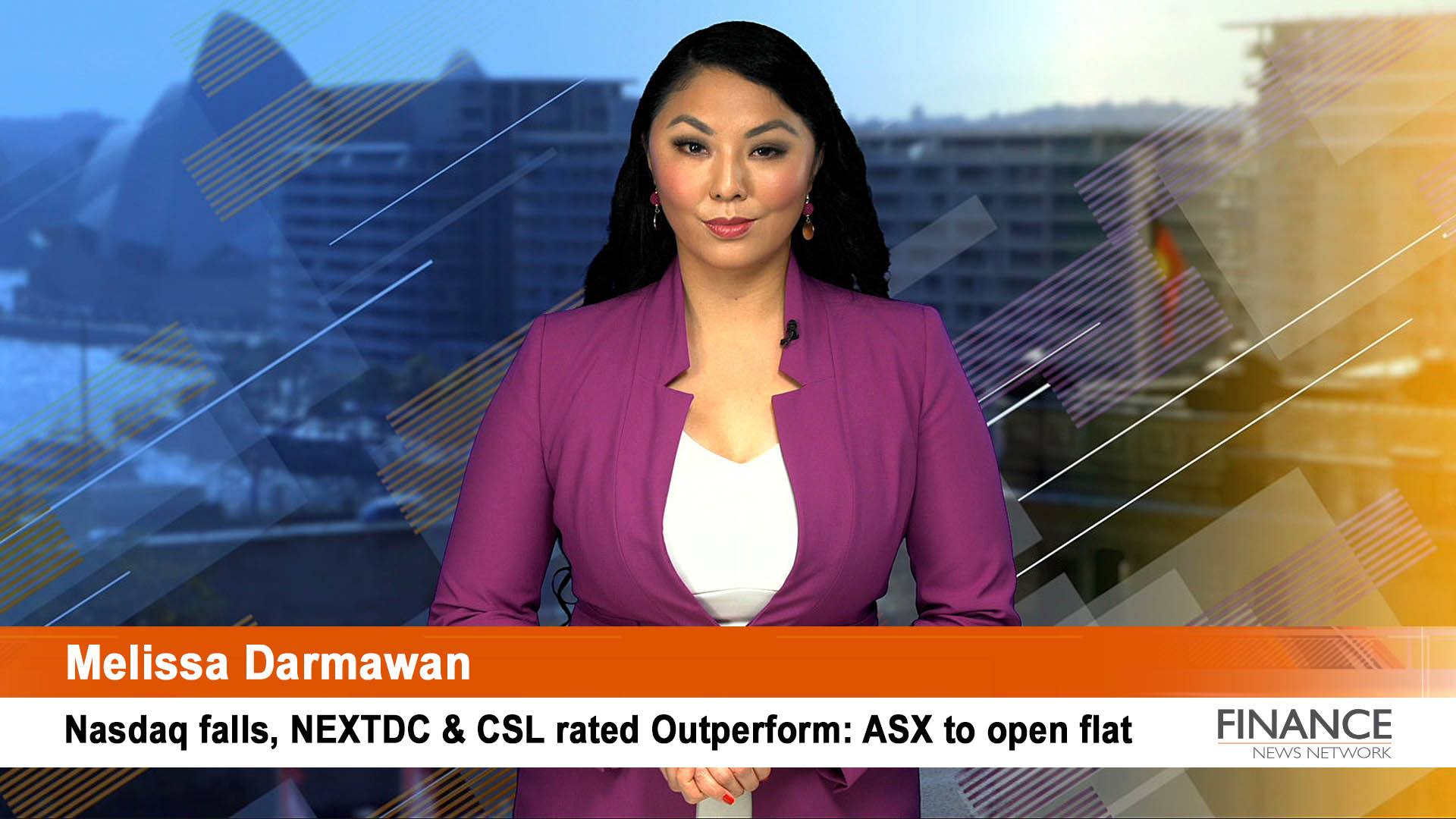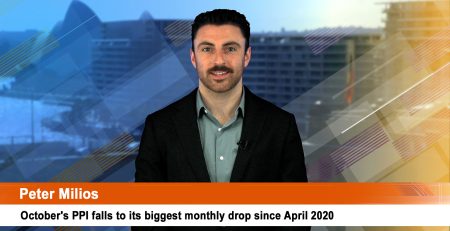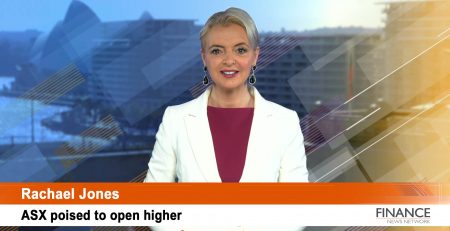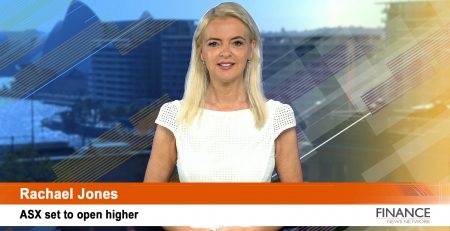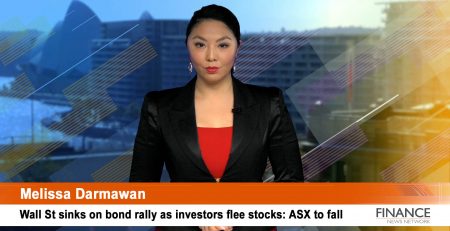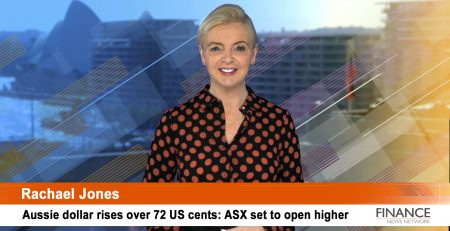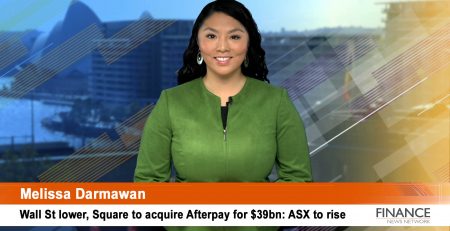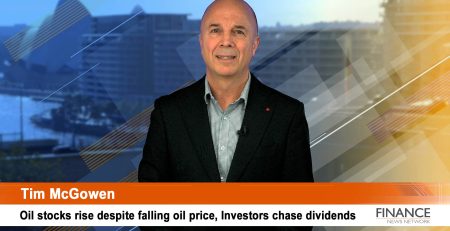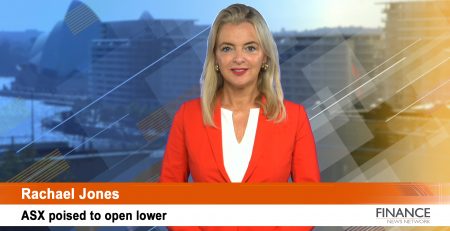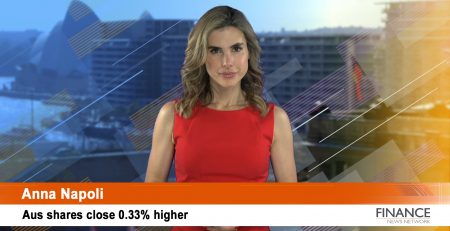Nasdaq falls again on Wall St dive, NEXTDC & CSL rated as Outperform: ASX to open flat
Tech shares dived again as the Nasdaq underperformed. Markets were bruised following the Fed minutes and mildly bounced back to cap off the start of 2022. Insight into the jump in US 10-year treasury yield. Kazakhstan’s unrest shoots uranium & oil prices higher. ASX recovers with a 0.1% weekly gain. Fresh economic print starts today.
The Australian sharemarket is set to open flat after a turbulent start to 2022, as stocks retreated further from all-time highs. Growth stocks came under pressure on concerns that higher rates will weigh on rich valuations.
Global markets turbulent start to 2022
Shares soared at the start of the week till the latest Fed minutes disrupted the rally. After the S&P 500, and the Dow hit fresh record highs, traders dumped technology stocks, and rotated into cyclical sectors. Banks and insurers were the favourites, with energy stocks powering on top.
A strengthening economy, persistent and high inflation, the minutes confirmed what markets already knew. Rate hikes are in order, but what came racing from the rear view mirror was the balance sheet unwind, so this is allowing maturing securities to roll-off as opposed to reinvesting it, and this was too much for market participants to digest.
This triggered treasury yields to jump from 1.5 per cent to as high as 1.80 per cent last week. Analysts expect the 10-year note to jump to 2 per cent this year.
So what’s driving this reaction? Before we go into it, firstly the treasury yield jump points to a faster return to normal growth, but the reaction was likely on the next point.
If the Fed increases interest rates too fast, and the economy isn’t ready for it, the impact of these rate hikes would mean that the economy would fall into a recession in 2024. In that year, the political calendar is a big one, the US election is slated in November, and the UK in May.
No one was thinking about this, hence the reaction, and why you could also see how this could be a political issue as well. Though markets not only were responding to this, non-farm payroll job figures were also due. One of the Fed’s mandates is to promote full employment, we can’t forget this, they perform other functions!
December jobs report misses expectations
On Friday, the US economy added 199,000 jobs versus 400,000 in December that was expected, a big miss. However, other metrics showed positive signs. The unemployment rate fell to a new pandemic-era low of 3.9 per cent as per the Bureau of Labor Statistics.
Another bright spot is the leisure and hospitality sector adding 53,000 jobs, the biggest sector gain, and average hours worked rose 4.7 per cent in 2021, despite the participation rate remaining steady, after it was revised higher. Bear in mind that these numbers have not factored in the Omicron variant, so adding to the uncertainty, we might see a weaker January jobs report due in February. However, overall despite this headline being missed, it’s a good outcome.
Kazakhstan’s unrest shoots uranium & oil prices higher
Elsewhere, Kazakhstan's government resigned after nearly a week of social unrest in a fuel market reform which sparked a price surge. The moves in central Asia adds to the raft of other political unrest in Libya, Russia, and Ukraine shooting oil prices higher. Amid the transition to clean energy, traders realise that the adoption will take time and are looking to favour energy stocks. This was the best performing sector last week on the ASX in contrast to technology which was the worst performer.
ASX recovers with a mild weekly gain
On Friday, banks and mining stocks roared to help the local sharemarket snap a two-day slide and finish the week on a 0.1 per cent note.
BHP (ASX:BHP) surged 2.5 per cent to close at $43.73, Rio Tinto (ASX:RIO) added 2.4 per cent to $103.63, and Fortescue Metals (ASX:FMG) rose 3.1 per cent to $20.37. Woodside Petroleum (ASX:WPL) rallied 2.2 per cent to close at $22.70, and Santos (ASX:STO) closed 2.9 per cent to $6.79.
The major banks and insurers soared including a gain of 2.7 per cent to $102.65 for the Commonwealth Bank (ASX:CBA), Macquarie Group (ASX:MQG) leapt 1.2 per cent to fresh record high to $211.71, while tech players Afterpay (ASX:APT) and Wisetech Global (ASX:WTC) managed to claw back losses adding 3 per cent higher, leaving its peers behind. Xero (ASX:XRO) fell 0.5 per cent to $130.83, while Zip Co (ASX:Z1P) closed 0.8 per cent lower to $3.82.
Lithium players also took the spotlight following news on Tesla’s quarterly record production delivery. Paladin Energy (ASX:PDN) surged 7 per cent over the week to close at 92 cents, while Novonix (ASX:NVX) surged 14.5 per cent on Tuesday to lose all its gains and close flat for the week at $9.35.
Weekly outlook with inflation print in sight
The start of 2022 has started on a volatile note led by interest rate angst, pricing pressures and surging Omicron cases. Though what’s ahead this week are US inflation numbers, consumer and producer price indexes on Wednesday, and Thursday so buckle up for more volatility.
Locally, we also have economic data coming out this week with inflation data coming out today. Not only that, earnings season is about to heat up on Wall St which will take our attention off the uncertainty, and onto a reminder that we are slated to see growth this, albeit at a slower pace.
Figures around the globe
At the closing bell, the Dow Jones lost 0.01 per cent to 36,232, the S&P 500 fell 0.4 per cent to 4,677 while the Nasdaq closed 0.96 per cent lower at 14,936.
Across the S&P 500 sectors, there were only two winners. Energy was the best performer adding 1.5 per cent, followed by financials. Banks stood out with the likes of Bank of America, and Wells Fargo rising in the order of 2 per cent on the prospect of rate hikes. This means the cost of borrowing would rise, helping increase their margins.
Consumer discretionary was the worst performer, down 1.7 per cent, followed by utilities and information technology. The other sectors closed lower.
The yield on the 10-year treasury note rose four basis points to close at 1.74 per cent, gold rose on a weaker greenback. We also have bond sales coming up, and I wouldn't be surprised if banks offload bonds too, sending yields higher so we might see more weakness in tech with the Nasdaq open to more vulnerability.
Across the Atlantic, European markets closed mixed. Paris lost 0.4 per cent, Frankfurt lost 0.7 per cent and London’s FTSE added 0.5 per cent.
Asian markets closed mixed. Tokyo’s Nikkei fell 0.03 per cent, Hong Kong’s Hang Seng added 1.8 per cent and China’s Shanghai Composite closed 0.2 per cent lower.
On Friday, the Australian sharemarket closed 1.3 per cent higher at 7,453. For a full wrap up on Friday’s performance, join me here.
SPI futures
Taking all of this into the equation, the SPI futures are pointing to a 0.03 per rise, so a flat start.
Local economic news
We are set to see fresh economic print today, with the Australian Bureau of Statistics to release November figures on building approvals. A five per cent rise in dwelling approvals is slated.
There is also a touch point on inflation as mentioned before with the Melbourne Institute to unveil the December inflation gauge.
Also, the Reserve Bank’s November figures on credit and debit card lending is scheduled.
Broker moves
Macquarie rates data center operator NEXTDC (ASX:NXT) as an outperform with a price target of $16.10, after the company acquired its first edge data centre in regional Queensland. The broker sees a upside in regional based edge data centres noting greater returns when compared to current centres in capital cities. Shares closed 0.4 per cent higher at $11.66.
Macquarie also stamped CSL’s (ASX:CSL) rating as an outperform rating with a target price of $338.00. The biotech is acquiring Vifor Pharma for $17 billion and the broker expects the deal to be earnings per share accretive from financial year 2023. Shares closed 0.9 per cent higher at $282.40.
Commodities
On Friday, iron ore closed 0.2 per cent higher to US$125.94. Its futures are pointing to a fall of 0.7 per cent.
Gold added $8.20 or 0.5 per cent to US$1,797 an ounce. Silver was up $0.22 or 1 per cent to US$22.41 an ounce.
Oil fell $0.56 or 0.7 per cent to US$78.90 a barrel.
Currencies
One Australian Dollar at 8am has strengthened slightly since Friday, buying 71.82 US cents (Fri: 71.59), 52.93 Pence Sterling, 82.98 Yen, and 63.31 Euro cents.
Copyright 2022 – Finance News Network
Source: Finance News Network

